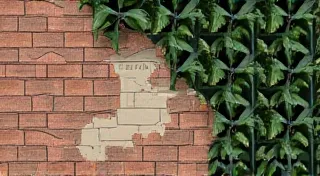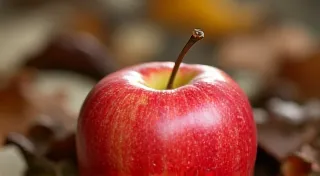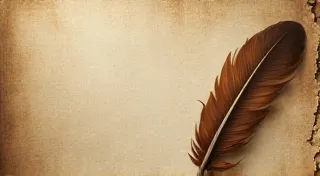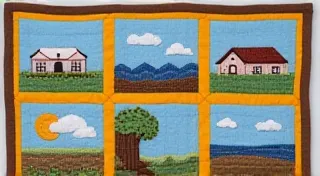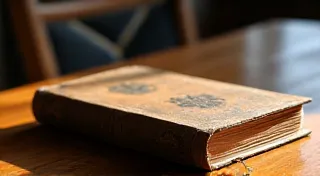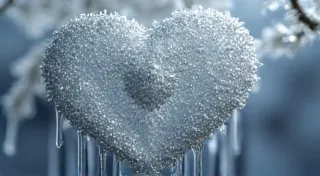The Orchard's Remembrance: Seasonal Cycles and Postcard Vignettes of Maine's Harvests
Maine. The name itself conjures images of rugged coastline, towering pines, and a quiet, enduring spirit. But beyond the iconic lighthouse and rocky shore, lies a rich agricultural heartland, a landscape etched by the rhythms of the harvest. And for collectors of vintage postcards, these scenes – captured in fleeting moments of the past – offer a poignant window into a Maine that felt both simpler and deeply connected to the land. These aren't just images; they are tangible fragments of memory, whispers of a time when life moved with the seasons.
The postcards I cherish most aren’t the panoramic views of Acadia, though they certainly hold their charm. It’s the orchards, the fields ripe with apples and pumpkins, the glimpses of farmers returning from their labor that truly resonate. There's a certain melancholy woven into these images, a quiet longing for a pace of life that feels increasingly distant. They remind us that time marches on, but the beauty of Maine's agricultural heritage endures.
A Tapestry of Change: Maine's Agricultural History
Maine's agricultural story is one of evolution and adaptation. Early settlers, facing challenging soil and a short growing season, initially focused on staples like corn and potatoes. But the 19th century witnessed a surge in fruit farming, particularly apples. The fertile valleys of York and Cumberland counties became renowned for their orchards, transforming the landscape and driving the local economy. These weren’t vast industrial farms; they were often family operations, passed down through generations, each with its own unique story.
The rise of the postcard itself coincided with this burgeoning agricultural prosperity. The early 1900s marked the “Golden Age of Postcards,” and Maine's picturesque farms and orchards became prime subjects for publishers eager to capture the nation’s attention. These weren't just business promotions; they were carefully crafted images intended to evoke a feeling of nostalgia and a longing for a more idyllic existence. They were a visual form of correspondence, a way to share a glimpse of one’s life with loved ones far away, and a celebration of Maine’s unique identity.
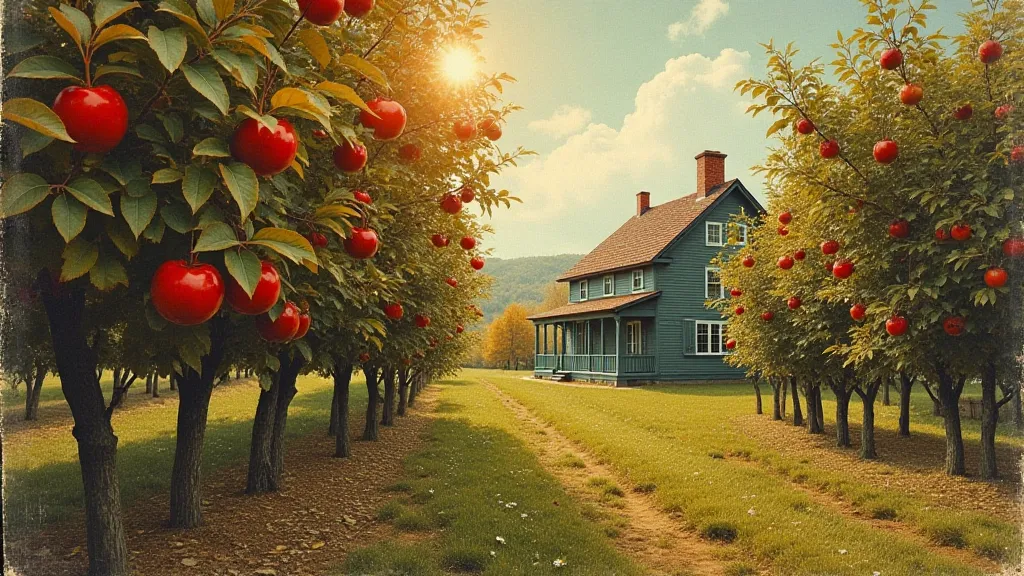
The Art of the Image: Craftsmanship and Composition
Examining these vintage postcards closely reveals a level of craftsmanship that is often overlooked in today’s digital age. Most were chromolithographs, a complex printing process that involved layering different colored inks onto a surface to create a vibrant image. The artists were skilled at capturing the light and shadow of the landscape, and they often employed techniques like selective focus to draw the viewer’s eye to specific details – a laden apple tree, a farmer’s weathered hands, a family gathered for the harvest.
The composition itself was carefully considered. Many postcards feature a sense of perspective, guiding the viewer's gaze deeper into the scene. The inclusion of people – often posed in idealized portrayals of rural life – adds a human element, evoking a feeling of connection and familiarity. It’s fascinating to imagine the conversations that took place as these images were captured, the poses that were struck, the moments that were frozen in time.
Furthermore, the choice of paper stock played a crucial role in the overall aesthetic. Linen postcards, with their distinctive textured surface, were particularly popular and are highly sought after by collectors today. They possess a tactile quality that simply can't be replicated by modern printing techniques.
Preserving the Past: Collecting and Restoration
Collecting vintage Maine postcards isn’s simply about acquiring pretty pictures; it’s about preserving a piece of history. The condition of a postcard significantly impacts its value and its ability to convey its original message. Tears, creases, fading, and staining are common afflictions, but thankfully, there are techniques that can be employed to mitigate their effects.
Gentle cleaning with specialized archival materials can often remove surface dirt and grime. Carefully mending tears with acid-free paper and archival glue can stabilize damaged areas. While color correction and restoration are tempting, purists generally advise against them, as they can alter the postcard's authenticity and historical integrity. The beauty, and the value, often lies in the imperfections – the subtle signs of age that tell a story of their own.
My own collection started with a single postcard I found at a flea market – a faded image of a pumpkin patch in Kennebunk. The back was blank, devoid of any inscription, yet it felt imbued with a sense of longing. It sparked a fascination that has led me down a rabbit hole of research, discovery, and a deeper appreciation for Maine’s agricultural heritage.
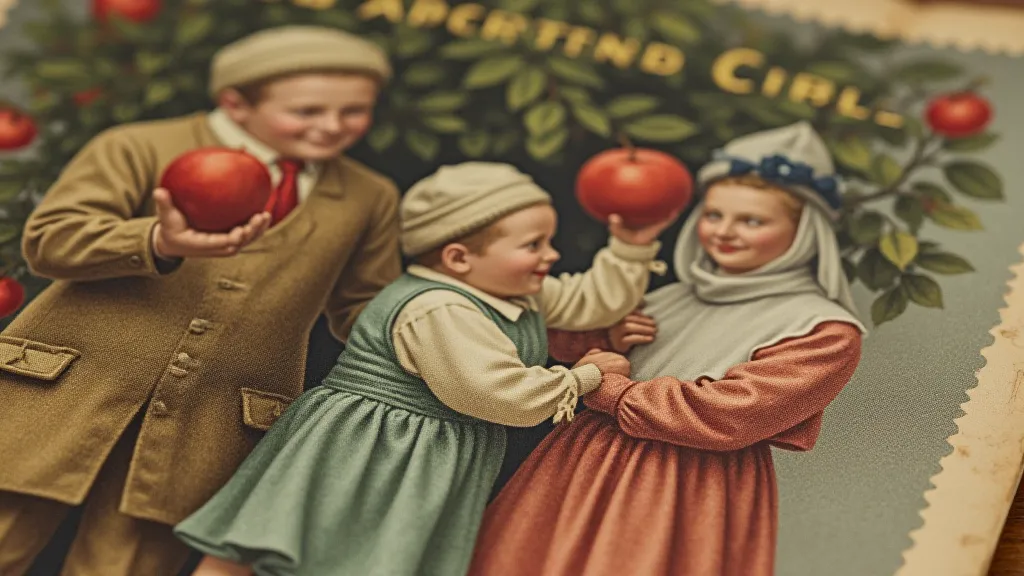
More Than Just Pictures: Stories Woven in Linen
The most rewarding aspect of collecting vintage Maine postcards isn’t the acquisition of rare or valuable items; it's the stories they tell. I’m drawn to the postcards with handwritten messages on the backs – snippets of everyday life, expressions of love and longing, observations about the weather and the harvest. These messages offer a personal connection to the past, a glimpse into the lives of ordinary people who lived and worked on Maine’s farms.
One postcard, depicting a field of pumpkins, bore the inscription: “Wish you were here! The harvest is plentiful this year.” It’s a simple message, but it evokes a sense of warmth and connection, a reminder of the importance of family and community. It makes me wonder about the sender, the recipient, and the circumstances that prompted this heartfelt expression.
These small pieces of paper are more than just images; they are tangible links to a bygone era, reminders of a simpler way of life, and testaments to the enduring spirit of Maine's agricultural heritage. They are windows into the past, inviting us to pause, reflect, and appreciate the beauty of the land and the people who have shaped it.
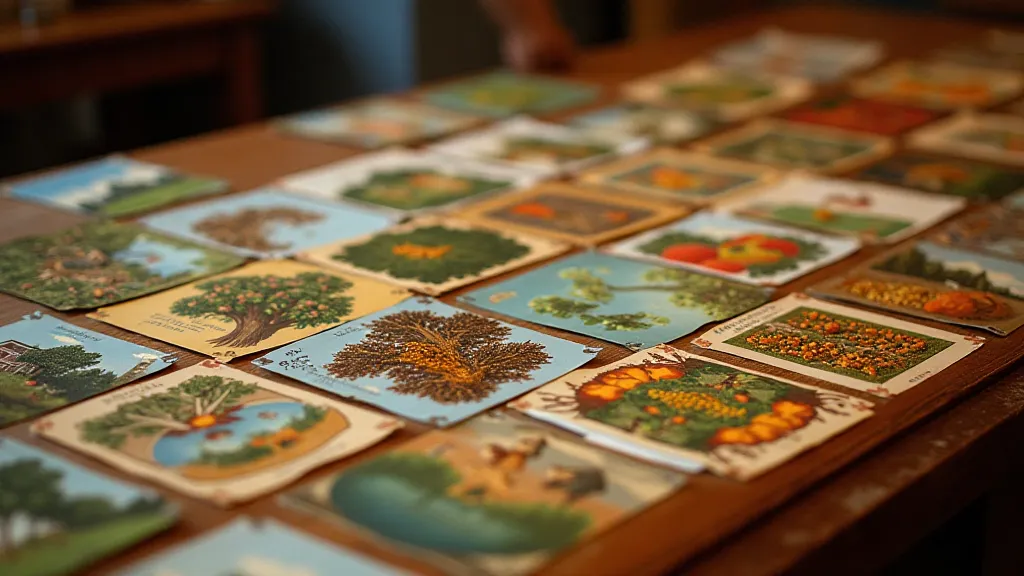
The orchard's remembrance lives on, not just in the vibrant hues of those faded postcards, but in the enduring connection we feel to the land and the traditions that have shaped Maine's identity. And as we collect and cherish these fragile fragments of the past, we help to ensure that those memories are passed down to future generations, reminding them of the beauty and the importance of preserving Maine's agricultural heritage.
